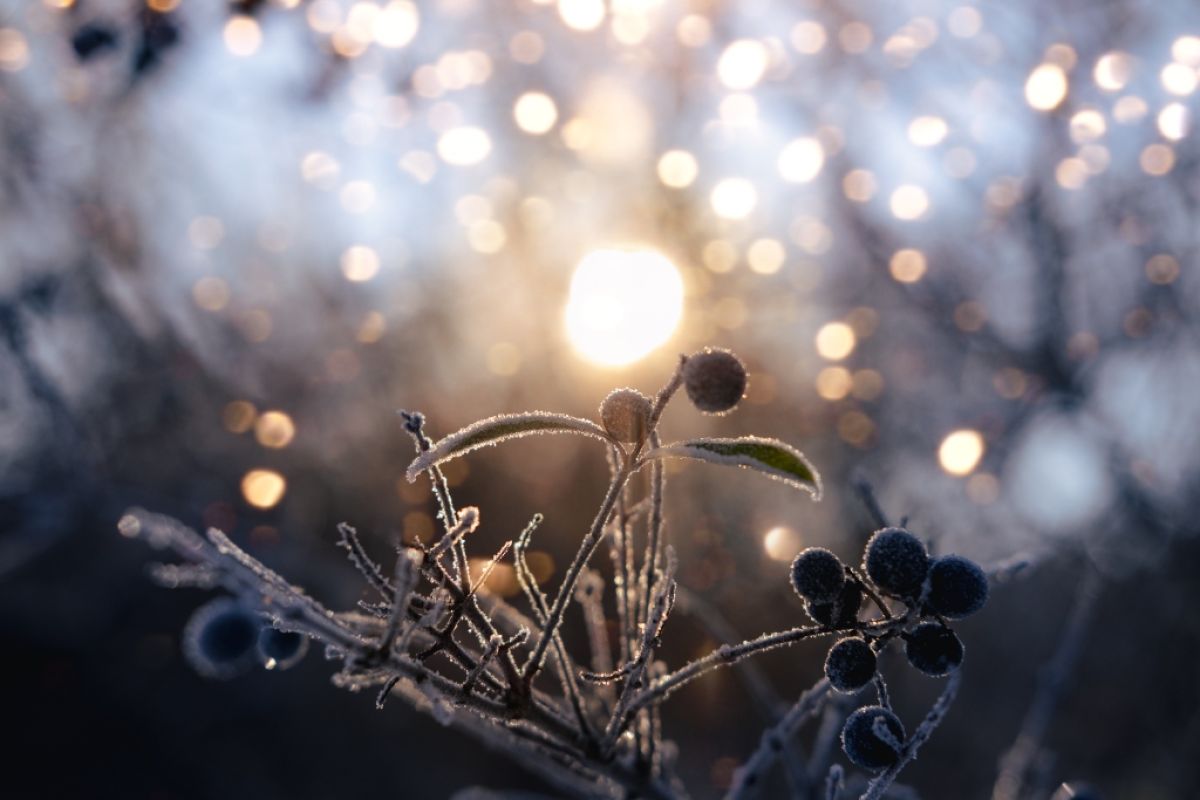The first day of winter in the Northern Hemisphere is marked by the winter solstice, which for example, in the year 2023 occurs on December 21. For the northern part of the Earth, the winter solstice always occurs annually on either December 21 or 22. This solstice marks the day with the fewest hours of sunshine in the year, which means that it is described as the shortest day.
After the winter solstice, the days begin to grow longer until in the following June, we reach the summer solstice, which is the longest day of the year. The summer solstice is the day when many flowers in gardens are in bloom and so many garden-related events in our area are usually scheduled on or near the summer solstice.
When the Northern Hemisphere is experiencing the winter solstice in December, the Southern Hemisphere, of course, is experiencing its summer solstice. In Australia, where I grew up, for example, it is high summer in December, and it is winter in June.
Depending on where you live in the world, the same plants flower but at different times in the year. Near to the Equator, however, the weather remains warm enough for flowers to grow throughout the entire year. Hence the billion-dollar cut flower industry in South America, which supplies the flowers in our stores for us to buy year-round.
This is Moya Andrews, and today we focused on the winter solstice.










